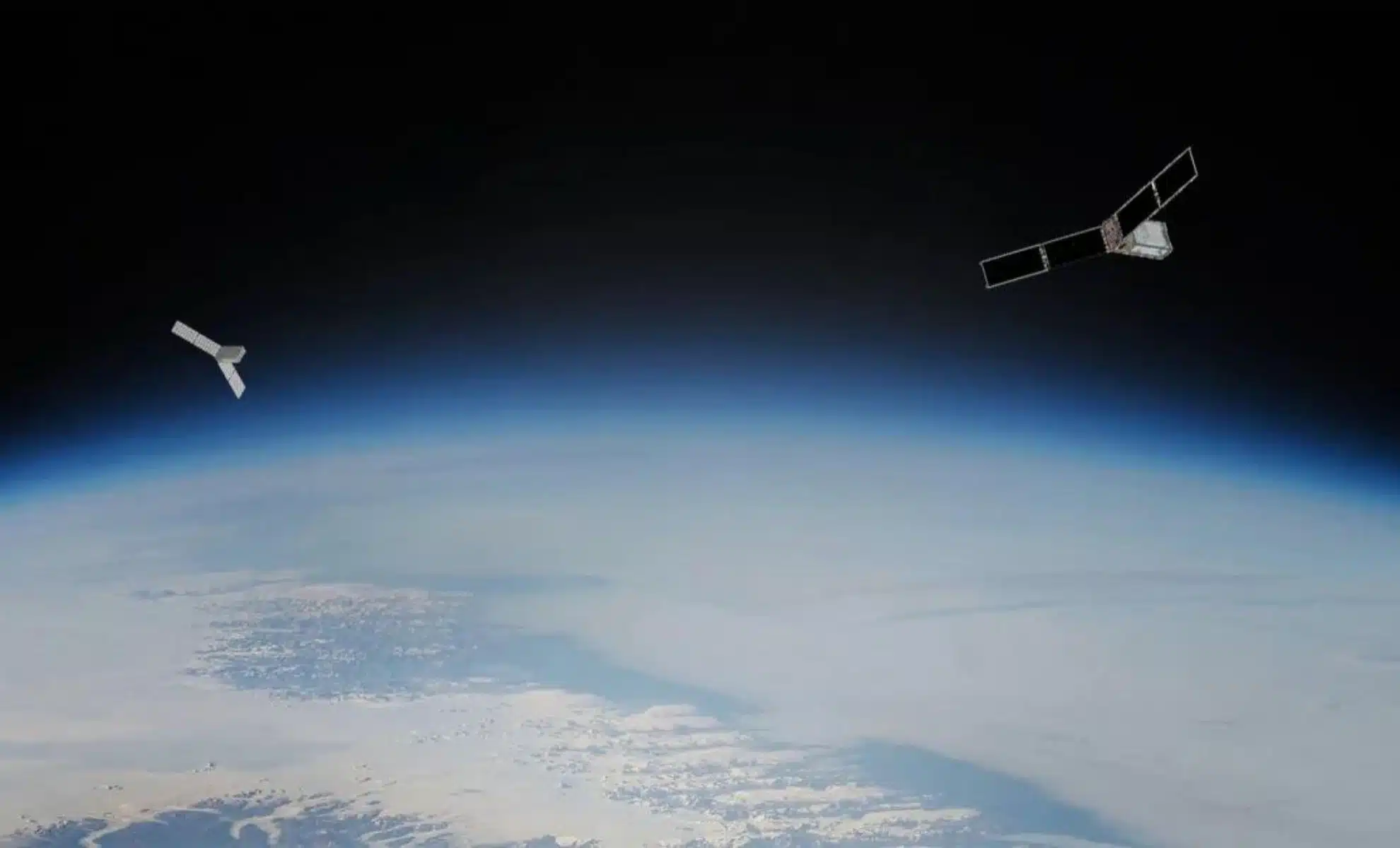
By Lydia Amazouz Published on May 20, 2024 07:30
Collected at : https://dailygalaxy.com/2024/05/nasa-launches-climate-science-cubesats/
NASA is gearing up for the launch of two climate science cubesats as part of the Polar Radiant Energy in the Far-Infrared Experiment (PREFIRE) mission. These cubesats aim to capture unprecedented data on heat loss from Earth’s polar regions, enhancing our understanding of climate change.
NASA’s PREFIRE Mission Overview
The PREFIRE mission consists of two cubesats, “Ready, Aim, PREFIRE” and “PREFIRE and ICE,” set to launch in May 2024. These small satellites will enter near-polar orbits to measure far-infrared radiation, which accounts for about 60% of the total heat lost from the poles. This data is critical for understanding the polar climate and its impact on global weather patterns.
PREFIRE represents a collaborative effort between NASA and multiple research institutions. The mission aims to address significant gaps in our understanding of the Earth’s radiation budget, particularly in the far-infrared spectrum.
By focusing on the polar regions, PREFIRE seeks to unravel the complexities of how these areas lose heat and influence global climate systems.
Scientific Objectives
The primary objective of PREFIRE is to measure far-infrared wavelengths longer than 15 microns, which have never been measured before from space. This will help scientists study how clouds, humidity, and surface states at the poles affect heat dissipation. The data collected will be integrated into climate models to improve predictions of sea level rise and polar climate changes.
Understanding the far-infrared radiation is crucial because it represents a significant portion of the energy budget that has been poorly quantified until now. By filling this gap, PREFIRE will provide essential data to refine climate models, helping predict future climate scenarios with greater accuracy. These improvements are vital for policymakers and scientists working on climate mitigation and adaptation strategies.
Launch Details
The cubesats will launch separately. The first, “Ready, Aim, PREFIRE,” will be carried by a Rocket Lab Electron rocket from New Zealand. The second, “PREFIRE and ICE,” will follow a few days later. These launches are part of NASA’s broader strategy to use both large and small missions to address complex climate questions.
Rocket Lab’s Electron rocket has been chosen for its capability to deliver small payloads into precise orbits, making it an ideal choice for deploying the PREFIRE cubesats. This marks another milestone in the growing use of commercial launch providers to support NASA’s scientific missions. By leveraging these commercial partnerships, NASA can conduct more frequent and cost-effective missions.
Technological Innovations
Each cubesat is equipped with a thermal infrared spectrometer, a scaled-down version of NASA’s Moon Mineralogy Mapper optical system. This design has been validated by previous missions like the Mars Climate Sounder and the Diviner Lunar Radiometer Experiment.
The thermal infrared spectrometer onboard PREFIRE is a marvel of miniaturization and advanced optics. It allows the cubesats to capture high-resolution data in the far-infrared range, providing a new window into the Earth’s energy budget. This technology has been rigorously tested and refined through its use in other planetary missions, ensuring reliability and precision.
The Role of Far-Infrared Radiation
Far-infrared radiation plays a crucial role in the Earth’s energy balance. It is the primary means by which the planet loses heat to space, especially from the polar regions. Despite its importance, this part of the spectrum has been challenging to measure accurately from space. PREFIRE aims to overcome this challenge and provide comprehensive data on far-infrared emissions.
Accurate measurements of far-infrared radiation are essential for understanding the Earth’s overall energy dynamics. These measurements will help scientists assess the effectiveness of cloud cover and surface properties in regulating heat loss. This, in turn, affects weather patterns, ocean currents, and the distribution of heat across the globe.
Broader Implications
The PREFIRE mission underscores NASA’s commitment to climate research. By making the data publicly accessible, NASA aims to foster global collaboration and enhance our understanding of climate dynamics. The mission’s findings could have significant implications for predicting and mitigating the effects of climate change.
The global accessibility of PREFIRE’s data ensures that scientists worldwide can contribute to and benefit from the findings. This open-data approach promotes transparency and accelerates scientific discovery. The insights gained from PREFIRE will not only improve climate models but also inform international climate policy and adaptation efforts.

Leave a Reply